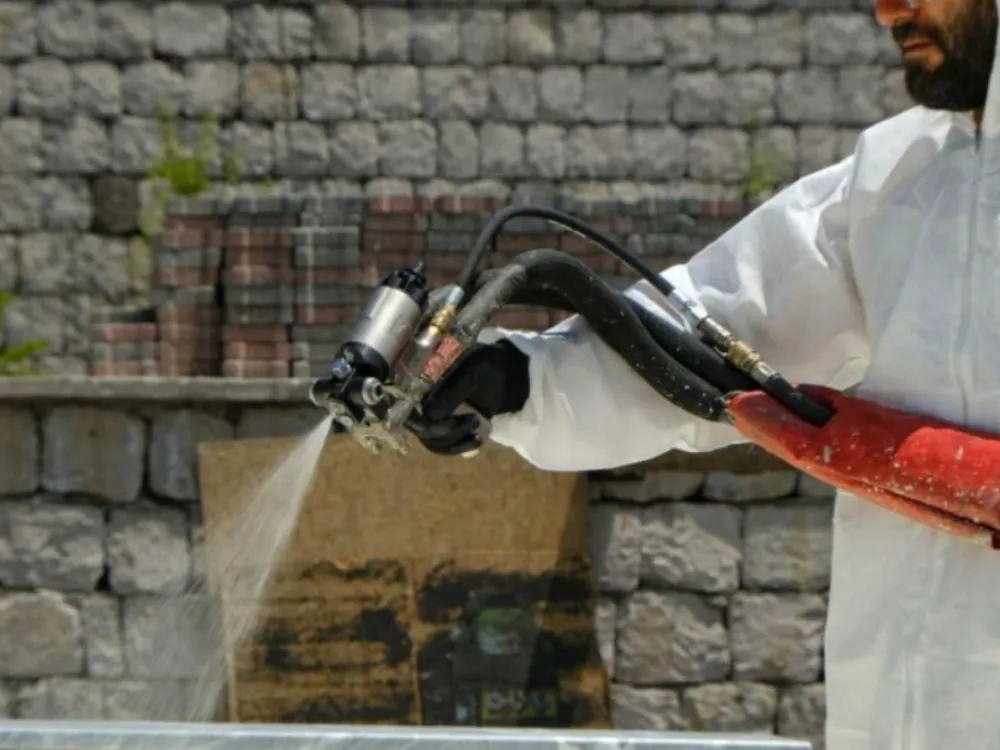What Is a Hybrid Sealant and Why It Matters for Jobsite Performance
Hybrid materials are engineered for high-stress building conditions where ordinary sealants often fail. They provide flexible adhesion across a range of dissimilar surfaces in both interior and exterior environments.











